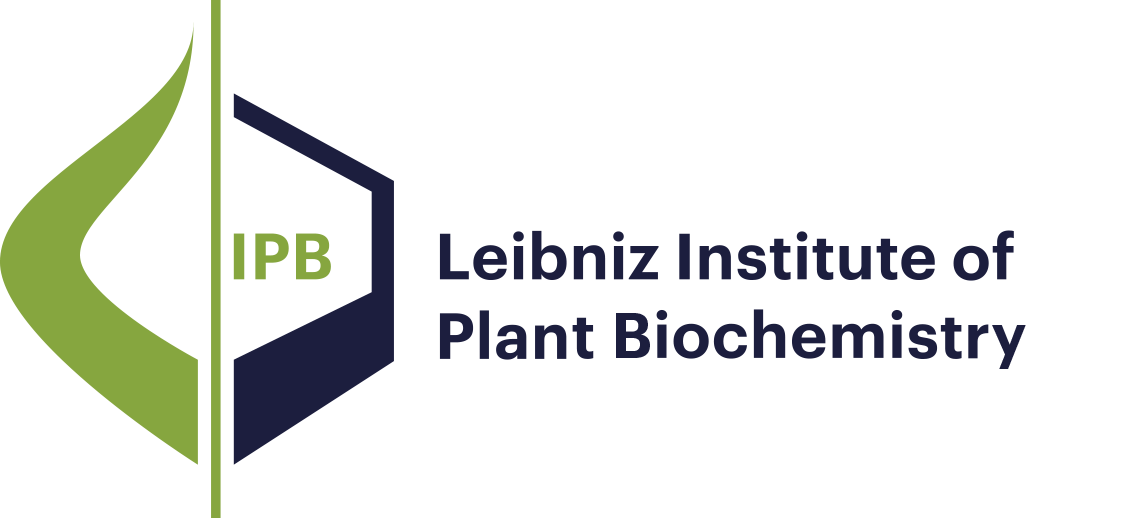- Results as:
- Print view
- Endnote (RIS)
- BibTeX
- Table: CSV | HTML
Books and chapters
Books and chapters
Research Mission and Profile
Molecular Signal Processing
Bioorganic Chemistry
Biochemistry of Plant Interactions
Cell and Metabolic Biology
Independent Junior Research Groups
Program Center MetaCom
Publications
Good Scientific Practice
Research Funding
Networks and Collaborative Projects
Symposia and Colloquia
Alumni Research Groups
Books and chapters
O‐Methylation is a crucial step to introduce specific target binding properties as well as physicochemical changes in bioactive natural products, such as aroma compounds or CNS‐active alkaloids. The corresponding O‐methyltransferases, especially those acting on catechol groups to produce vanilloid or isovanilloid moieties, are well behaved enzymes, suitable for scale‐up and heterologous expression in standard production organisms. The chapter lists the currently known applications. It focuses on examples where O‐methyltransferases are applied in the production of bioactive (natural) compounds in vitro and in vivo, with an emphasis on O‐methylated phenylpropanoids with flavonoids, and alkaloids including morphine relatives.The major drawback for large scale application lies in the availability or regeneration of the cofactor S‐adenosylmethionine (SAM). Its biotechnological production and in situ generation therefore is discussed in detail. Furthermore upstream bottlenecks like regioselective enzymatic hydroxylation to form substrates for O‐methylation, or downstream oxidation to form methylene dioxy groups, are shortly discussed.
Books and chapters
The methyl group is one of the most widespread functionalities and decorates more than 67% of the top‐selling drugs of 2011.Although significant advances in synthetic chemistry have been achieved allowing the direct methylation, the need for environmentally benign alternatives is growing. As methylation is one of the most common chemical modifications in living cells, a variety of enzymes catalyzing the introduction of methyl groups has been evolved by nature. The enzymes are called methyltransferases (MTs) and are cofactor‐dependent. S‐adenosyl‐L‐methionine (SAM) is by far the most predominant natural source of methyl groups. Since MTs are involved in many cellular processes, their acceptor substrates are diverse, ranging from large biopolymers to small molecules.Their broad substrate spectrum would allow the use of MTs as catalysts for a wide range of biocatalytic methylation and as shown recently for also other alkylation reactions. The technological exploitation is under intensive investigation. As long as an effective recycling system for SAM is lacking, predominantly in vivo applications (cascade reactions using synthetic biology approaches) will emerge.

